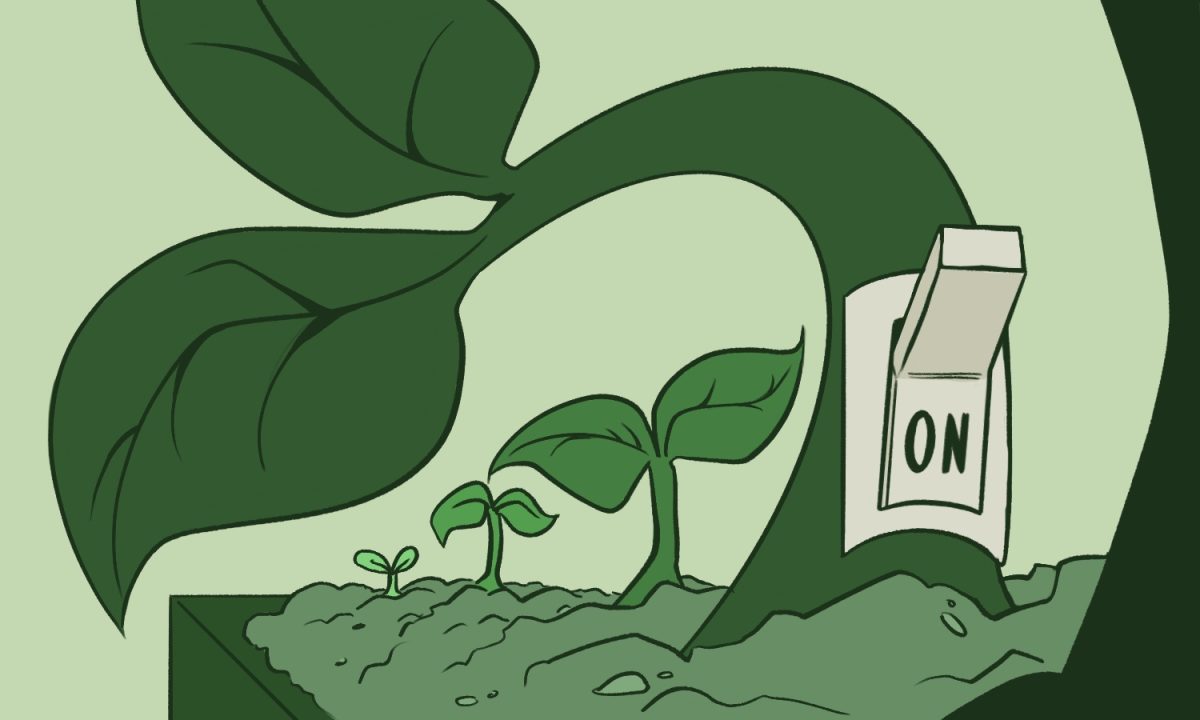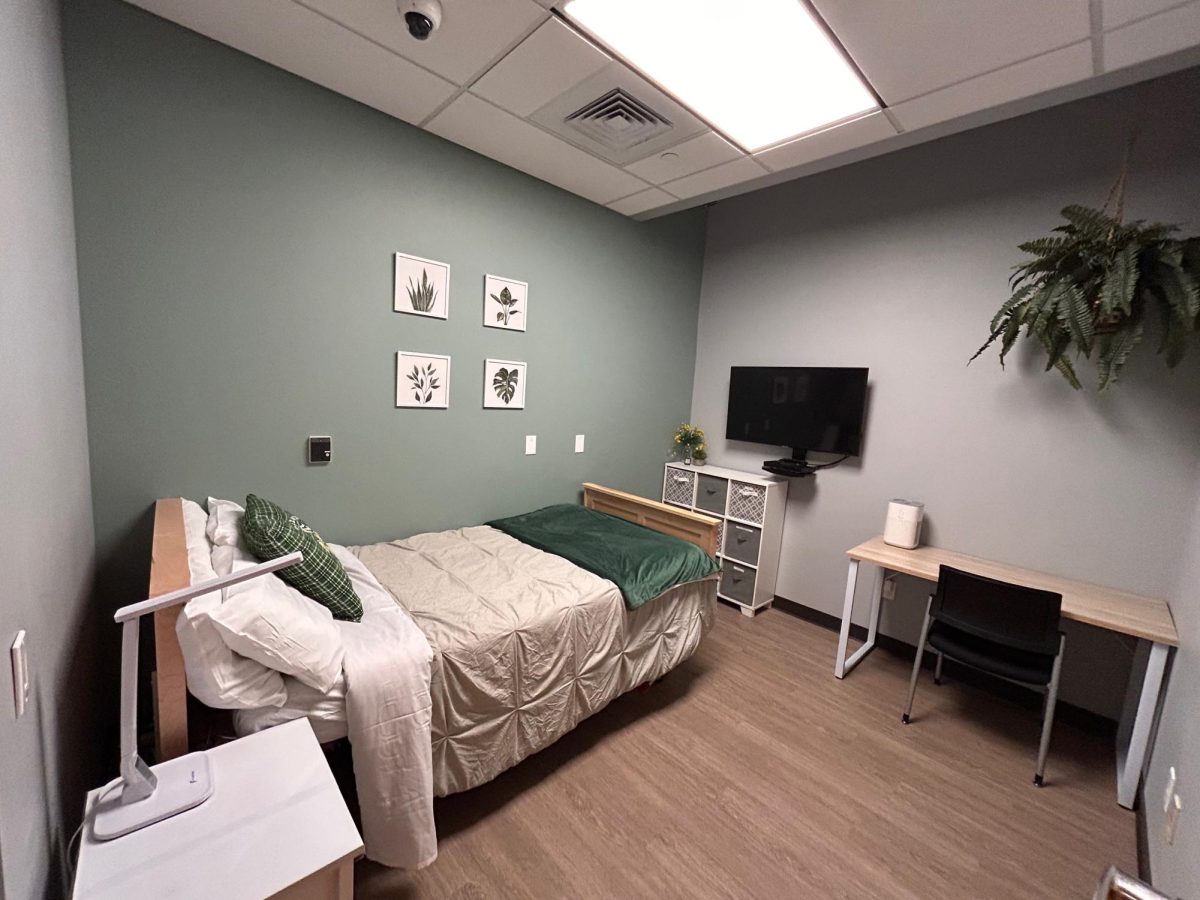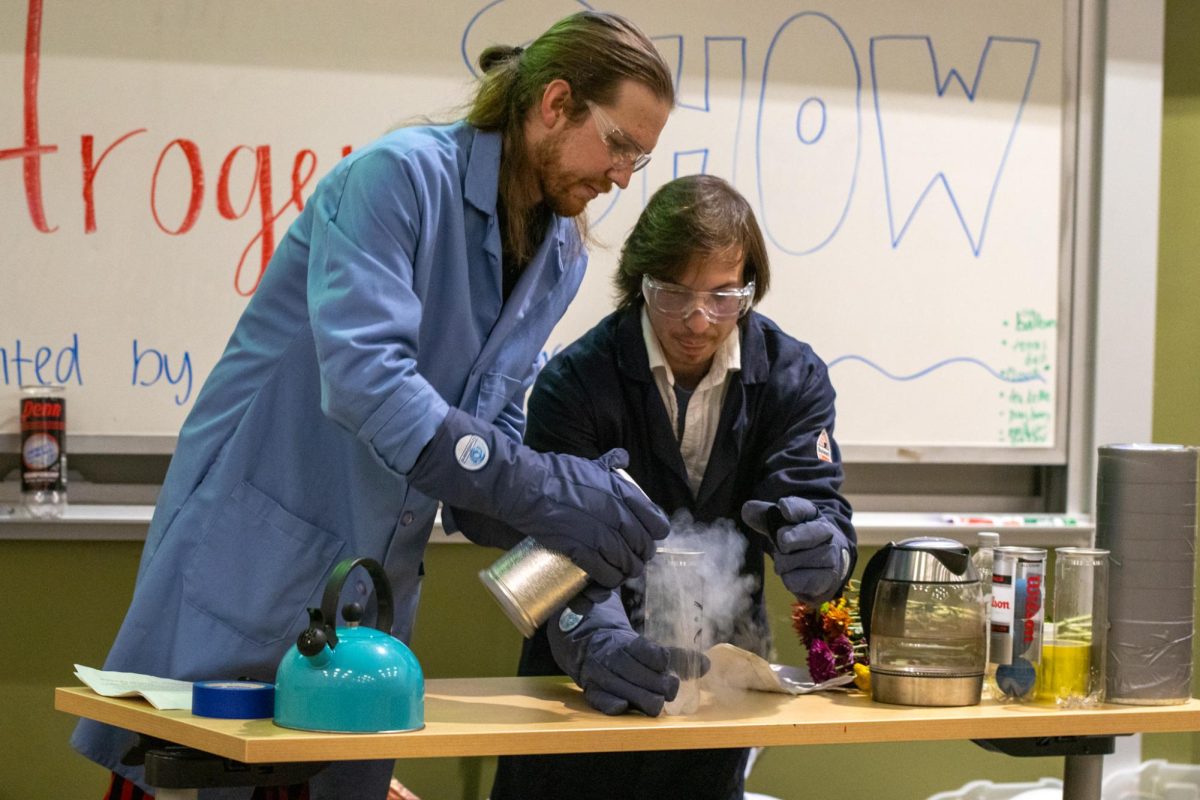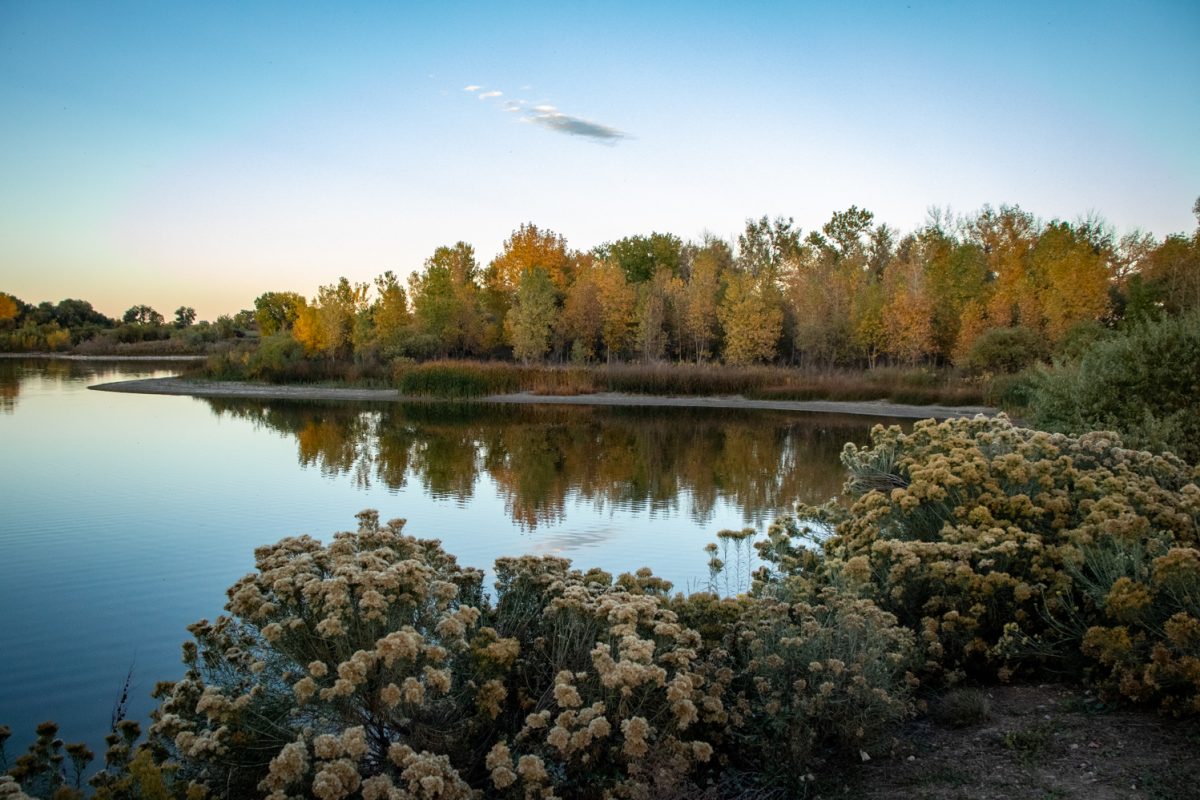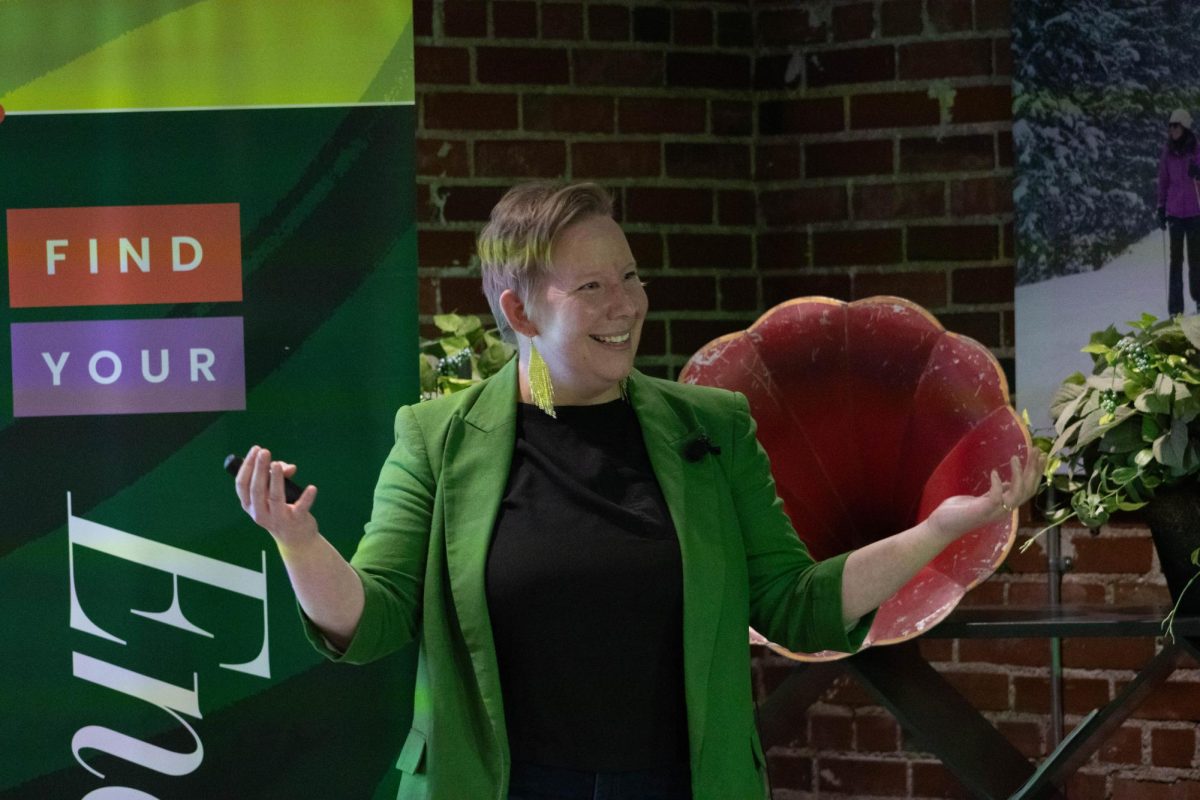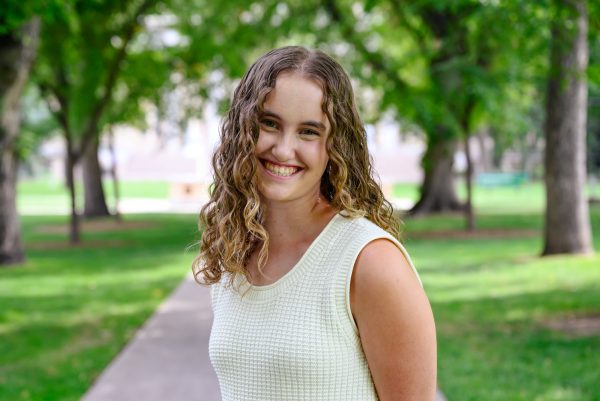Plants’ successful growth and production often hinge on specific environmental and genetic conditions. This is a reality agricultural producers have become accustomed to that is now threatened with instability driven by climate change. But a revolutionary genetic tool may offer a solution: Turning on and off wanted genes and traits.
An interdisciplinary team of researchers from Colorado State University have built the first genetic toggle switch for plants. Their findings, recently published in ACS Publications, were led by biology Professor June Medford and Ashok Prasad, a professor in CSU’s department of chemical and biomedical engineering.
“So a switch, generically, in an electrical circuit, is something that can toggle a system between two states,” Prasad said. “Now, biological organisms have similar circuitry, except it’s not electric — it’s genetic. And these are systems that can toggle the organism, a part of the organism or even a sub-part of the organism into these two states.”
The invention was made possible by synthetic biology, a newly emerging field that marries biology and engineering. The science has resulted in similar genetic switches capable of functioning in bacteria and mammalian cell cultures, with the first expressed in e-coli in 2000 by Boston University’s James J. Collins.
Several unique characteristics only present in plants had to be taken into consideration by CSU’s researchers, which were challenges not present in the development of previous genetic switches. The challenge was further complicated by the plants’ long growth and lifespans and helped form the study’s methodology.
“Because plants have long life spans, studies often use transient analysis to define quantitative functions, while verification in stably engineered plants is often neglected and largely unknown,” the paper reads. “This raises the question if unique attributes of plants, such as environmental sensitivity, developmental plasticity or alternation of generations, adversely impact predictability of plant genetic circuits and devices.”
With this sensitivity in mind, the researchers began by assembling genetic components through a forward engineering approach by first constructing the components out of smaller, more familiar specimens. Postdoctoral researcher Tessema Kassaw, the first author on the study, assisted in this process.
“We have to design and build the synthetic components, test and characterize them and then assemble them during the test and characterization,” Kassaw said. “We (then) have to go back and build based on that characterization result.”
The team utilized repressor proteins, as the study reads, “to be expressed as a result of transient application of chemical inducers.” The application of this chemical then triggers the switch to turn the trait from “off” to “on.” Once switched, the triggered state can be maintained even when the chemical inducer is removed.
“To our knowledge, this is the first genetic switch of this kind in plant synthetic biology. So in that sense, it’s a pioneering genetic switch because it’s the first one in a plant.” -Ashok Prasad, CSU professor
This step was accomplished by sequencing DNA elements into 200 possible proteins capable of functioning as repressors. Each specimen was then individually tested in plant specimens.
“The next thing we did was we designed a test bed where we could rapidly test each one of them and we could take quantitative measurements,” Prasad said. “So we had to design a test bed that took quantitative measurements and then rapidly test all of them, and then we had to do mathematical modeling that would fit the data coming from those tests to a mathematical model that would give us the characteristics of that particular repressor — the way that repressor protein behaved.”
During the testing process, the team was working against the biological lifespan of plants. Racing against the clock, they decided to use a portion of plant cells to accelerate the process.
“We decided to do all our testing in what I call plant protoplasts,” Prasad said. “And plant protoplasts are basically plant cells with the cell wall removed.”
Protoplasts’ lack of cell walls can be stressful to a cell’s genetic makeup, causing it to be considered biologically sick. Prasad accounted for the gap between protoplasts and plants through computational analysis.
“Despite the differences between protoplasts and whole plants, our mathematical model showed that it is possible to compare normalized values of quantitative parameters from our (ordinary differential equation) model with those previously obtained using transient expression in protoplasts,” the paper reads.
In the end, after mathematically processing, only one repressor protein sequence worked, becoming the first genetic toggle switch ever successfully applied in a plant.
“To our knowledge, this is the first genetic switch of this kind in plant synthetic biology,” Prasad said. “So in that sense, it’s a pioneering genetic switch because it’s the first one in a plant.”
The switch’s application potential is vast and vital, notably the potential to engineer plants faced with certain environmental conditions to guarantee a maximum crop yield. While other applications bridge the line between agriculture and other industries.
“Forthcoming efforts could allow us to design complex fibers for specific applications, … (like) engineered building materials formed from living plants that are capable of self-assembly and self-repair, and novel systems for water treatment, along with major enhancement of the long-promised renewable bioenergy sources through innovations such as self-shredding biomass,” the paper reads.
The possibilities born from the interdisciplinary work of dedicated researchers continue to push the front line of synthetic biology development.
“But really in some fields, I think (CSU is) right there at the cutting edge,” Prasad said. “And I think plant synthetic biology is one of those fields where we have the potential, at least, to be at the cutting edge of scientific research.”
Reach Katie Fisher at science@collegian.com or on social media @CSUCollegian.


